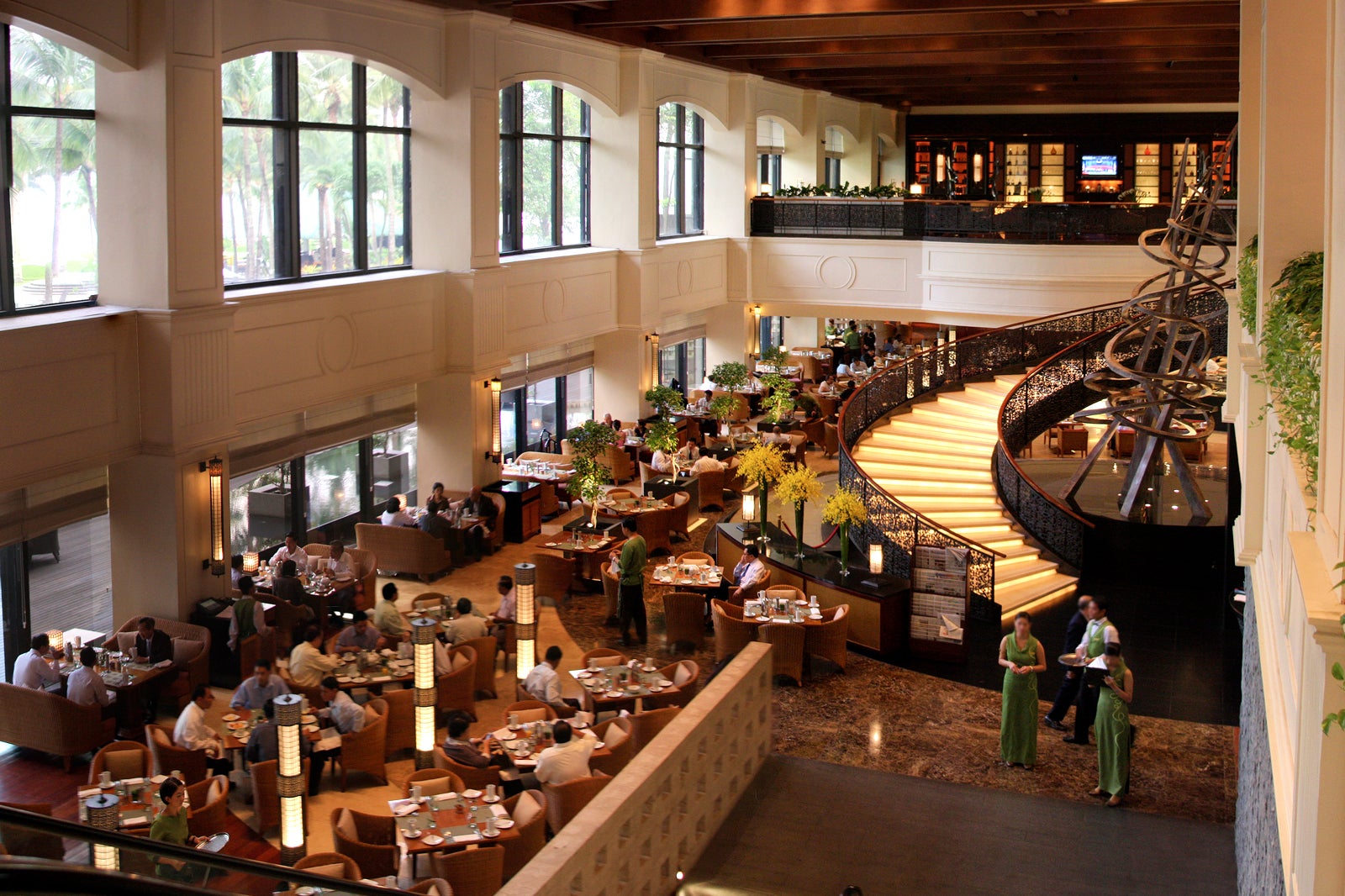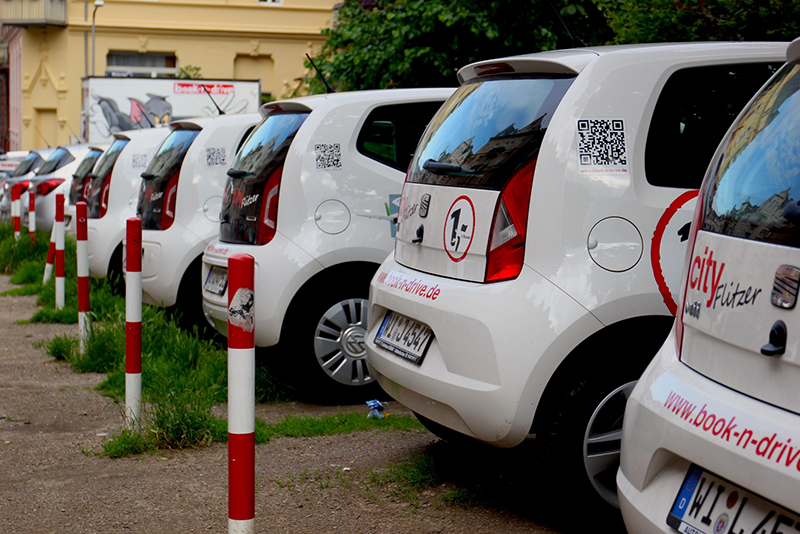Yes, holidaying in the Philippines is generally more cost-effective compared to Western countries and offers competitive prices within the Southeast Asian region.

Accommodation Costs
When it comes to accommodations in the Philippines, you have a variety of options to suit different budgets. Whether you’re a backpacker looking for a budget stay or someone seeking a luxurious experience, the Philippines offers it all.
Budget Options
If you’re looking to save money, budget accommodations like hostels, guesthouses, and small hotels are plentiful. Here are some typical features you might find:
- Shared Dormitories: A common choice among backpackers, where you can sleep in a bunk bed in a room with others.
- Basic Amenities: Usually offer free WiFi, communal kitchens, and sometimes free breakfast.
- Location: Often located in busy areas, close to public transportation.
- Price Range: Typically range from $10-$30 per night.
For more information, you can read about Hostels on Wikipedia.
Mid-Range Options
These options offer a balance between cost and comfort, popular among families, couples, and business travelers.
- Chain Hotels: International and local chain hotels that offer comfortable rooms and good service.
- Facilities: Pools, gyms, and on-site restaurants are common.
- Location: Usually well-located, sometimes in quieter neighborhoods.
- Price Range: Expect to pay around $40-$100 per night.
For those interested in chain hotels, you might find the Wikipedia page for Hotel chains helpful.
Luxury Options
If you’re looking for a luxurious experience, the Philippines has a good number of 5-star hotels and resorts.
- World-Class Service: 24/7 concierge, room service, and more.
- Facilities: Spas, multiple dining options, private beaches, and more.
- Location: Usually in exclusive areas or private islands.
- Price Range: Prices can start from $200 per night and go much higher.
Food and Dining
The Philippines offers a rich culinary landscape that caters to various budgets. From street food to fine dining experiences, the country has something for everyone. Below are some details to consider when planning your meals during your stay.
Street Food Prices
Street food in the Philippines is not only delicious but also very budget-friendly. Here’s what you might find:
- Skewers: Think barbecued chicken or pork pieces. Usually costs around $1-$2 per stick.
- Balut: A fertilized duck egg, a local delicacy. Costs less than $1 each.
- Taho: A warm, sweet tofu dish. You can get a cup for around $0.50.
- Location: Street food vendors are usually found in busy areas, markets, and near public transportation.
Restaurant Prices
Dining in restaurants offers a middle-of-the-road experience in terms of price but a wide variety of options in terms of cuisine.
- Local Restaurants: Meals usually cost around $5-$10 per person.
- International Cuisine: Prices can vary but expect to pay around $10-$20 per person.
- Ambience: A mix of casual dining spots and thematic restaurants.
- Location: Available throughout the country, from cities to tourist spots.
Fine Dining
If you’re looking to splurge or celebrate a special occasion, the Philippines has a growing fine dining scene.
- Multiple Course Meals: Expect to pay upwards of $50 per person, not including drinks.
- World-renowned Chefs: Some restaurants are helmed by chefs who have international acclaim.
- Reservation: It’s usually necessary to book in advance.
- Location: Primarily in big cities and luxury resorts.

Transportation
Moving around in the Philippines involves various modes of transportation. Depending on your budget and convenience needs, you can opt for public transport, ride-sharing services, or even rent your own vehicle. Here’s what you should know about each.
Public Transport Costs
Public transportation is widely available and generally affordable in the Philippines.
- Jeepneys: A ride can cost as little as $0.20, depending on the distance.
- Tricycles: These small vehicles can take you short distances for about $0.50-$1.
- Buses: For intercity travel, buses cost around $2-$10, depending on the distance and class of service.
- Ferries: Ranges from $1 to $20 depending on the route and class.
Ride-Sharing and Taxis
Ride-sharing and taxis offer more convenience but come at a higher price point.
- Ride-Sharing: Services like Grab operate in many cities. A ride may cost around $2-$10 depending on distance and time of day.
- Taxis: Similar to ride-sharing in cost, but prices can be negotiated.
- Safety: Generally considered safe and reliable.
- Availability: Widely available in cities but less so in rural areas.
Car Rentals
Renting a car provides the ultimate freedom but is also the most expensive option.
- Daily Rates: Typically range from $30 to $100 per day, depending on the car model.
- Fuel Costs: Gasoline is relatively affordable, costing around $1 per liter.
- Insurance: Expect to pay an additional fee for insurance coverage.
- Age Requirement: Usually, you must be at least 21 years old to rent a car.

Activities and Attractions
When it comes to activities and attractions, the Philippines is a treasure trove of options. From enjoying natural landscapes to thrilling adventure sports, you’ll never run out of things to do. Here’s a breakdown of what you can expect in terms of costs and experiences.
Free Activities
Believe it or not, you can have a lot of fun in the Philippines without spending a dime.
- Beaches: Many public beaches are free to access. Enjoy the sun, sea, and sand without worrying about entrance fees.
- Hiking: Various trails and mountains are open to the public.
- Local Festivals: Experience local culture by participating in community festivals.
- Window Shopping: Stroll around malls and markets to soak in the atmosphere.
Paid Attractions
While free activities are great, some experiences are worth the price tag.
- Historical Sites: Entrance fees can range from $1 to $10.
- Museums and Galleries: Usually cost between $2 and $5 for admission.
- Zoos and Aquariums: Prices range from $5 to $20.
- Theme Parks: A full-day pass can cost around $20 to $50.
Adventure Sports
For adrenaline junkies, the Philippines offers a plethora of adventure sports.
- Scuba Diving: Expect to pay around $50 for a single dive, not including gear rental.
- Ziplining: Costs can range from $10 to $30 depending on the length and location.
- Surfing: Board rentals and lessons usually cost around $10 to $50.
- White Water Rafting: Prices start at around $50 for a half-day experience.
Shopping
When it comes to shopping in the Philippines, the choices are abundant and versatile. Whether you’re hunting for unique souvenirs or prefer the comfort of a mall, you’ll find what you’re looking for.
Souvenirs
Souvenirs are a great way to take a piece of the Philippines back with you.
- Handicrafts: Items like woven mats and hand-carved sculptures are popular.
- Local Food: Dried mangoes, coconut wine, and local chocolate make for good gifts.
- Textiles: Traditional garments and fabrics are also sought after.
- Price Range: Costs can vary, but you can find souvenirs starting at just a couple of dollars.
Local Markets vs Malls
Both local markets and malls offer distinct shopping experiences.
- Local Markets: Great for fresh produce, handicrafts, and bargain items.
- Malls: Offer a wide variety of both local and international brands.
- Price Comparison: Generally, local markets are cheaper than malls.
- Accessibility: Malls are often more centrally located than local markets.
Nightlife
The Philippines has a vibrant nightlife that offers something for everyone, from budget travelers to those looking for a luxurious night out.
Bars and Clubs
Whether you’re into quiet pubs or high-energy clubs, you’ll find it here.
- Local Bars: Drinks usually cost around $2-$5.
- Clubs: Entry fees can range from $5-$20, not including drinks.
- Live Music: Many places offer live bands or DJs.
- Dress Code: Varies from casual to dressy depending on the venue.
Check out the Wikipedia page on Nightclubs for a more global perspective.
Other Nighttime Activities
If bars and clubs aren’t your thing, there are other ways to enjoy the Philippine nights.
- Night Markets: Great for shopping and late-night snacks.
- Cultural Shows: Performances like traditional dances often take place in tourist areas.
- Rooftop Lounges: For a more relaxed atmosphere, with prices usually starting at around $5 for a drink.

Comparing Costs with Other Destinations
If you’re considering holidaying in the Philippines and are curious about how the costs stack up against other destinations, this comparison might help you make an informed decision.
Southeast Asia Comparison
When compared to other Southeast Asian countries, the Philippines offers a blend of affordability and value.
- Accommodation: Generally cheaper than Singapore and comparable to countries like Thailand and Vietnam.
- Food: Similar to or slightly cheaper than countries like Malaysia and Indonesia.
- Activities: Competitive pricing, especially for water sports and beach-related activities.
- Transportation: Public transport is highly affordable, roughly on par with other countries in the region.
Western Countries Comparison
The cost of a holiday in the Philippines is generally much cheaper than in Western countries.
- Accommodation: Hotels and resorts are significantly less expensive than in places like the United States or Western Europe.
- Food: Dining out can be a fraction of the cost compared to Western countries.
- Activities: Whether it’s sightseeing or adventure sports, you’ll generally spend less.
- Transportation: Both public transport and taxis are much more budget-friendly.